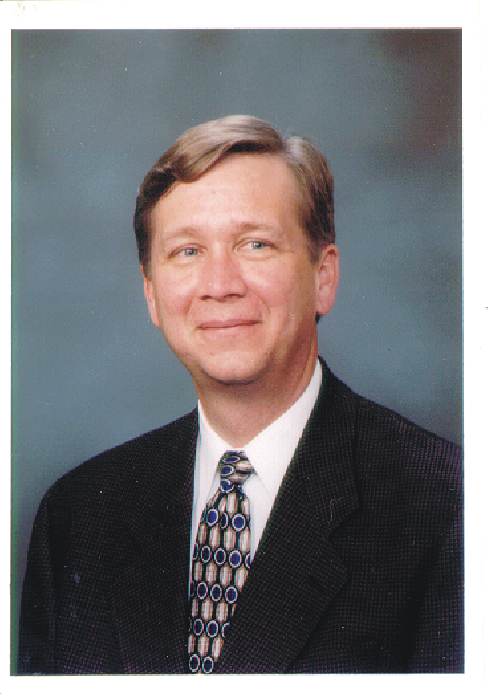
Eric Suuberg
1999 Henry H. Storch Award
Eric M. Suuberg

Professor Eric Suuberg of Brown University is the 1999 recipient of the Henry H. Storch Award sponsored by the ACS Division of Fuel Chemistry. The award recognizes distinguished contributions to fundamental or engineering research on the chemistry and utilization of all hydrocarbon fuels (except petroleum). Prof. Suuberg received his B.S. and M.S. in Chemical Engineering from MIT in 1974 and D.Sc. from MIT in Chemical Engineering in 1978. He was in the Department of Chemical Engineering at Carnegie-Mellon University from 1977-1981 and joined Brown University in 1981.
Prof. Suuberg has made outstanding contributions to research on fuel science in a number of areas over the past 25 years. His research interests includepyrolysis of coal, cellulose, and other polymeric materials; the macromolecular structure of coals; the vapor pressures of high molecular weight liquids produced by pyrolysis; reactions of oxidizing gases with carbons and the production of activated carbons from polymeric materials; the nature and chemistry of unburned carbon in coal flyash; and the utilization of biomass for energy.
His work has been described in 46 refereed journal publications, 5 book chapters, and 50 other technical papers. Prof. Suuberg has given more than 65 invited presentations at nearly all of the leading fuel research laboratories throughout the world. He has also served on numerous review panels and conference organizing committees.
Prof. Suuberg's thesis work at MIT was entitled "Rapid Pyrolysis and Hydropyrolysis of Coal" and led to the first detailed model of individual volatile species evolution under rapid heating conditions. He was also one of the first researchers to address the complicated heat and mass transport and tar vaporization processes which occur under these conditions. In addition, he was one of the first researchers to study the relationship between gas and tar formation and crosslinking during coal pyrolysis. This work was extremely important in guiding the development of network pyrolysis models. His work on studying the vapor pressures of tar species formed during coal pyrolysis was also an important contribution to the network modeling efforts.
Prof. Suuberg has also published several important papers on the use of the solvent swelling method as a means of studying coal structure. He was one of the first to apply this method to coal and to develop a theoretical basis for using the results. In addition, he pioneered the use of differential scanning calorimetry and dynamic mechanical analysis as techniques that could be used to understand the macromolecular structure of coal.
In recent years, Prof. Suuberg and his colleagues have published a series of papers on cellulose pyrolysis that have been very well received. His group was the first to identify an apparent change in mechanism in the pyrolysis of cellulose at low heating rates, and they have done some of the most detailed work in this field on the modeling of tar formation and thermal effects.
Prof. Suuberg has studied several aspects of the reactivity of chars and carbons. He is best known for his work on the NO carbon reaction, and he recently co-authored a review article in this area. He has also published a review article on the reaction order for the low temperature oxidation of carbons. In addition to his own unique experimental and theoretical contributions, Prof. Suuberg has demonstrated an unusual ability to organize the literature in many of his areas of research. His review articles are important contributions in their own right.
One of Prof. Suuberg's newest areas of research is the problem of unburned carbon in flyash from low NOx coal combustion systems. This problem represents a loss of efficiency and also restricts the utilization of flyash in concrete, which means that it must be landfilled. Prof. Suuberg's work has involved characterization of the properties of these carbon/ash materials, and has identified the importance of the nature of the carbon material present, as well as the amount.
The award was presented at the Spring Meeting in Anaheim, along with a special symposium honoring Prof. Suuberg.